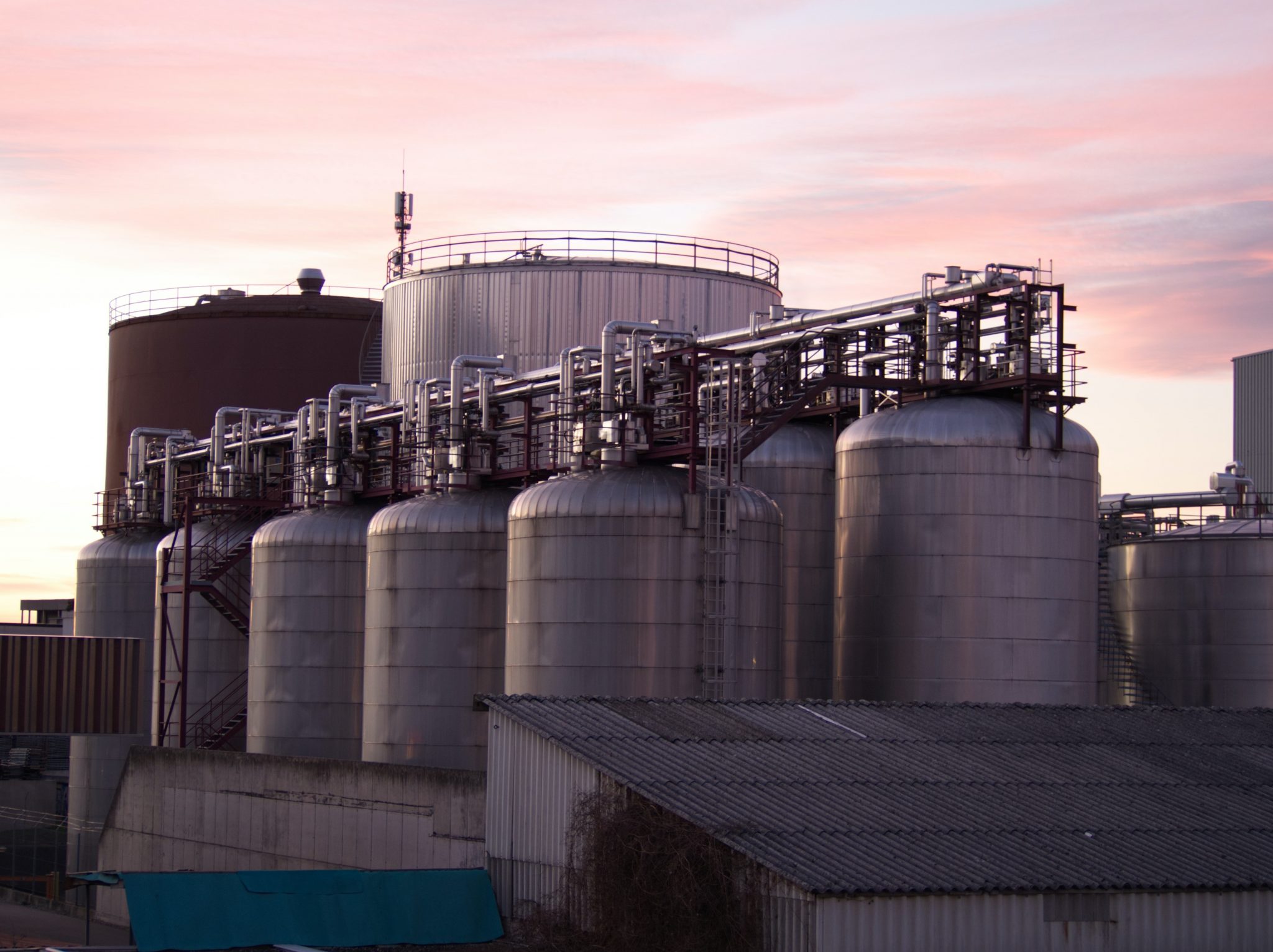What Are The Different Types of Sludge?
The processes of heavy industry underpinning everyday life are messy and complicated; they often lead to by-products and wasted material that have to be dealt with separately. Sludge is a catch-all term for the various semi-solid slurry left over by such processes, and it is important to understand the variety of processes that lead to a wide range of biological and chemical sludge types. This knowledge can enable proper sludge treatment and disposal, which is crucial given how toxic sludge can be toxic to humans and the environment if not disposed of properly.
Let’s take some time to review the different types of sludge and how they are formed.
What Is Sludge?
In its most general definition, sludge is any semi-solid (generally water-based) by-product of a chemical or industrial process. It is often leftover residue from impurities in the original material or the result of a cleaning and treatment process. Sludge can often be found in sewage treatment plants, water purification facilities, refineries, manufacturing facilities, or storage tanks.
Industrial sludge tends to form by sedimentation and settling of biological or heavy metal impurities and waste from other processes. It can have different water content depending on the original process that led to it and there are several stages of its formation, treatment, and eventual reprocessing.
Primary and Secondary Sludge
Primary sludge is the first layer of treatment of the direct waste of some other process. In this stage, the original sludge goes through sedimentation, chemical precipitation, or another primary process as the particles within the original sludge slowly settle and congeal.
Secondary sludge is then formed after the biological treatment of the primary sludge.
The particulars of the primary and secondary sludge depend on the source and the intended use of the finally processed sludge. Let’s take a little more time to talk about these different sources and treatment stages.
Raw Sludge
Raw sludge, also known as sewage sludge, is formed from the treatment of raw sewage and can be identified by its unsurprisingly foul odor. Found most often in sewage treatment plants, this sludge is largely water-based but carries a high level of biological material and toxins — all of which must be handled safely both in plant and in transit.
This level of biological materials does, however, mean that treated raw sludge can be used as a fertilizer due to its high volumes of organic matter, particularly nitrogen and phosphorus. After a treatment process that includes thermal hydrolysis and anabolic decomposition, raw sewage loses much of its odor and population of microorganisms and can be used by the agricultural industry.
Wastewater Sludge
Wastewater sludge is a by-product of industrial processes and often contains highly concentrated chemicals, heavy metals, and bacteria. Essentially, anything which does not wind up in the end product in a warehouse, storage tank, water treatment plant, refinery, or manufacturing factory may be found in such sludge. Due to the variety and amount of foreign materials which were intentionally removed from the end product, this sludge comes in various forms, almost all of which are highly toxic to humans and the environment.
Wastewater sludge can broadly be broken down into biological sludge, which comes from a mixture of water and microorganisms eliminated during treatment, and physio-chemical sludge, which is biologically inert but includes toxins, chemicals, and pollutants used at various stages of an industrial process.
Activated Sludge
During the process of treating sludge, various biological processes are used to separate the contaminated material from the water in which it is otherwise diluted. Once various good bacteria and other microbes perform this processing stage by consuming much of the existing biomass within the sludge, the remaining sludge is largely solidified into highly concentrated and toxic flakes.
At this stage, the sludge is referred to as “activated” and is significantly more concentrated and dehydrated than it was originally. By this stage, much of the water originally within the sludge can ideally be reclaimed and reprocessed.
Fecal Sludge
Fecal sludge is a separate category of sludge found in pit latrines, septic tanks, and onsite sanitation systems formed by biological waste matter, including solid waste, urine, water, and other chemicals found within sanitation systems. This sludge generally has to be transferred to treatment plants by vacuum trucks.
Much like raw sludge, the concentration of organic material in fecal sludge does mean that, once processed, it can serve as an important biological fuel and fertilizer. While different types of post-processing are required to bring it into a usable form, fecal sludge can be used for irrigation and soil conditioner or as a base for methane production and capture for use in biogas, biodiesel, charcoal, powdered industrial fuel, and electricity after treatment.
Ecorobotics Can Help With Sludge Removal
The actual details of sludge creation, categorization, and processing are highly specific to each industry and the chemical properties of the sludge itself. The variety of chemical and organic materials that can be found in any given wastewater or initial by-product slurry are highly dependent on the original process, and these differences can lead to different post-processing usages, from methane production to fertilization to eternity in a landfill. Regardless, sludge is highly toxic to humans and the environment before treatment, and must be properly dealt with at every stage of the industrial process.
Ecorobotics can ensure that sludge is eliminated from your facilities in a way that ensures it does not contaminate your end product, your facilities, or your team. We offer robotic sludge removal, which eliminates the need for direct human interaction with this toxic material and eliminates mistakes and inefficiencies across the waste handling process, leading to improvements in facility and environmental safety. Take a second to learn more about why companies are relying on Ecorobotics for sludge removal.





